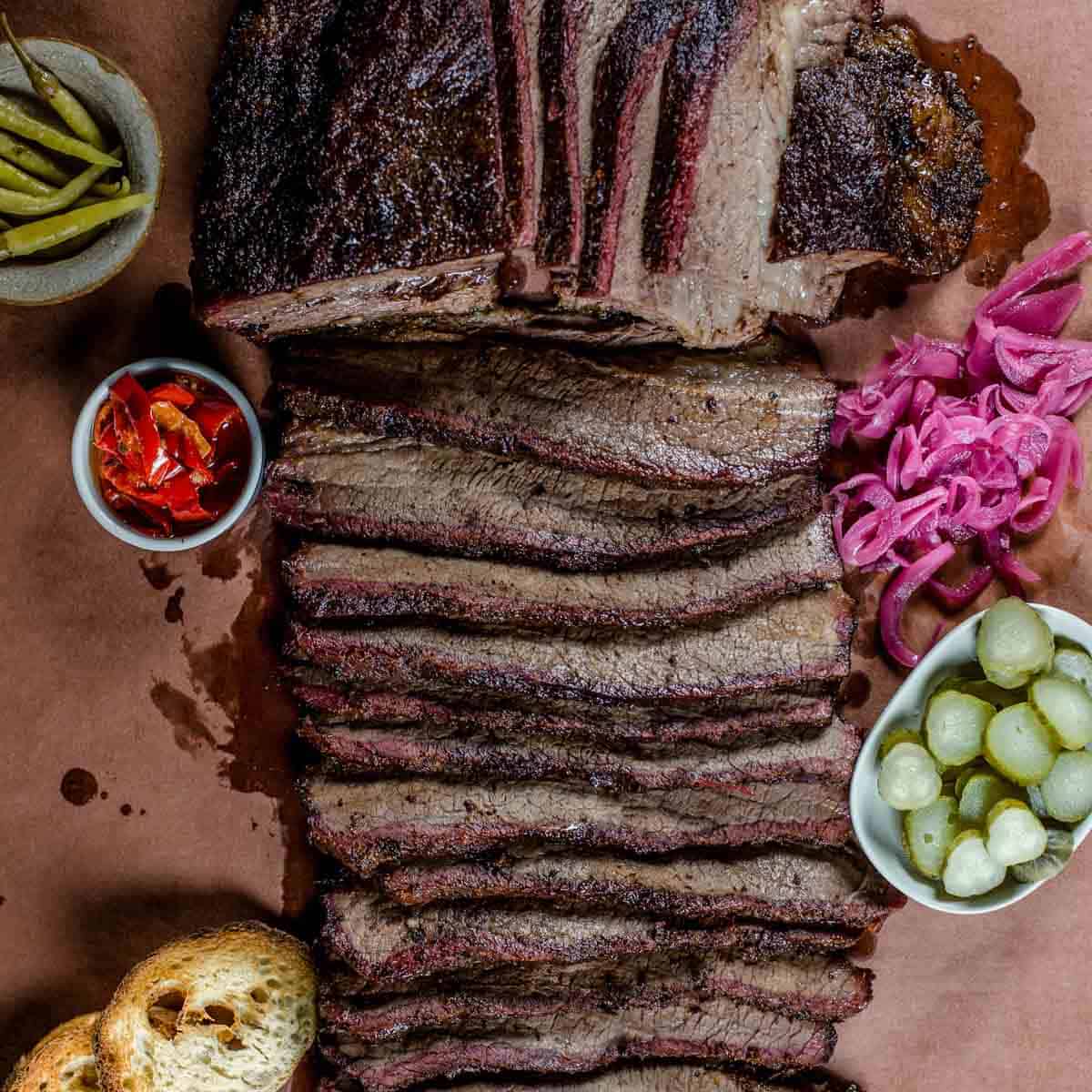

Articles
How To Store Smoked Meat
Modified: October 21, 2024
Learn how to store smoked meat properly with these informative articles. Discover tips and techniques for maintaining flavor and freshness.
(Many of the links in this article redirect to a specific reviewed product. Your purchase of these products through affiliate links helps to generate commission for Storables.com, at no extra cost. Learn more)
Introduction
Welcome to the world of smoked meat! Whether you’re a seasoned pitmaster or just starting out, one thing’s for sure: storing your delicious smoked creations properly is essential to maintaining their flavor and quality. In this article, we’ll explore the ins and outs of how to store smoked meat, so you can enjoy the fruits of your labor for as long as possible.
Smoking meat is a time-honored tradition that adds incredible flavor and tenderness. From perfectly smoked briskets and tender ribs to mouthwatering pulled pork, each bite is a true culinary delight. However, the process of smoking meat can be time-consuming and requires skill and patience. So, it’s important to know how to store your smoked meat properly to preserve its amazing taste and texture.
The key to storing smoked meat lies in choosing the right storage container, preparing the meat correctly, and using proper storage techniques. By following these steps, you can extend the shelf life of your smoked meat while keeping it safe and delicious.
So, whether you’re planning to store your smoked meat in the refrigerator or freezer, or even vacuum seal it for long-term preservation, we’ve got you covered. Read on to learn the essential tips and tricks for storing your smoked meat.
Key Takeaways:
- Properly storing smoked meat is crucial for preserving its flavor and quality. From choosing high-quality meat to labeling and organizing, following the right techniques ensures your smoked delicacies remain delicious and safe to consume.
- Extending the shelf life of smoked meat requires proper storage, handling, and reheating. By maintaining the right temperatures, using airtight containers, and following food safety measures, you can savor the flavors of your smoked creations for an extended period.
Read more: How To Store Smoked Fish
Choosing the Right Smoked Meat
When it comes to storing smoked meat, the quality of the meat itself plays a crucial role. It’s important to start with fresh, high-quality meat to ensure the best results. Here are a few tips for choosing the right smoked meat:
- Quality Matters: Opt for fresh, high-quality meat from a trusted source. Look for cuts that are well-marbled, as they tend to have better flavor and tenderness.
- Fatty Cuts Work Best: Fatty cuts of meat, such as pork shoulder or beef brisket, are ideal for smoking and storing. The fat helps to keep the meat moist and flavorful during the smoking process and also adds to its shelf life.
- Avoid Lean Cuts: Lean cuts of meat, like chicken breast or lean cuts of beef, may dry out quickly during the smoking process and have a shorter shelf life when stored. If possible, choose cuts with a higher fat content.
- Fresh vs. Cured: Decide whether you want to smoke fresh meat or cured meat, like bacon or ham. Both options can be smoked and stored, but each requires slightly different storage techniques.
- Consider the Quantity: Determine how much smoked meat you plan to store. If you’re planning for a large quantity, make sure you have enough storage containers or freezer space available.
By choosing the right type and quality of meat for smoking, you set the foundation for successful storage and mouthwatering flavors. So, take your time to select the best cuts of meat and enjoy the process of transforming them into delicious smoked delicacies.
Selecting the Ideal Storage Container
Once you have your perfectly smoked meat, the next step is to select the right storage container. Choosing the ideal container will ensure that your smoked meat stays fresh, protected, and maintains its flavors. Here are some tips for selecting the ideal storage container:
- Airtight and Sealable: Look for containers that are airtight and sealable. This will prevent air from getting in, which can cause the meat to spoil more quickly. Airtight containers also help to preserve the flavors and prevent any odors from escaping or seeping into the meat.
- Durable and Food-Safe: Make sure your storage containers are made of durable materials that are safe for food storage. Glass, plastic, or stainless steel containers are all great options. Avoid using containers made of materials that may react with the meat or lead to contamination.
- Size and Shape: Consider the size and shape of the container based on the quantity and size of your smoked meat. If you have large cuts of meat, ensure the containers have enough space to accommodate them without being cramped. Additionally, rectangular or square-shaped containers may be more space-efficient.
- Stackable: If you plan to store multiple containers, opt for stackable ones. Stackable containers can maximize storage space, especially in the refrigerator or freezer.
- Transparent: Choose containers that are transparent or have clear lids. This allows you to easily see the contents without having to open the container, helping you to quickly identify and select the desired smoked meat.
- Resealable Bags: Alternatively, you can use resealable bags specifically designed for food storage. These bags can be a great option for smaller portions of smoked meat or for vacuum-sealing purposes.
Remember, the key is to choose storage containers that provide an airtight and secure environment for your smoked meat. This will help extend its shelf life and maintain its quality and flavors until you’re ready to enjoy it.
Preparing the Smoked Meat for Storage
Before you pack your smoked meat into storage containers, it’s important to properly prepare it to ensure the best preservation and taste. Here are some essential steps to follow when preparing your smoked meat for storage:
- Cooling: Allow your smoked meat to cool completely before storing it. This helps to prevent condensation and moisture buildup, which can lead to bacterial growth and spoilage. It’s best to let the meat sit at room temperature for about an hour before transferring it to the storage container.
- Wrap in Butcher Paper or Foil: Wrap each piece of smoked meat individually in butcher paper or aluminum foil. This helps to protect the meat from freezer burn and keeps it moist during storage. Make sure the wrap is tight and secure to prevent any air from entering.
- Date and Label: Take a moment to label each wrapped package with the type of meat, the date it was smoked, and any additional details you find relevant. This will help you keep track of the storage time and ensure you use the oldest meat first.
- Remove Excess Fat: Before storing your smoked meat, consider trimming off any excessive fat. While fat adds flavor during the smoking process, it can become rancid during storage and affect the taste and quality of the meat. Removing excess fat can help extend its shelf life.
- Divide into Portions: If you have a large piece of smoked meat, consider dividing it into smaller portions before storing. This allows you to thaw and use only the desired amount, minimizing waste and ensuring that the rest of the meat remains in quality condition for future enjoyment.
By following these steps, you are taking the necessary precautions to ensure the longevity and quality of your smoked meat. Properly preparing the meat for storage sets the foundation for successfully preserving its flavors and textures until you’re ready to savor them.
Storing Smoked Meat in the Refrigerator
If you plan to consume your smoked meat within a few days, storing it in the refrigerator is a convenient option. However, it’s important to follow proper storage guidelines to ensure the meat stays safe and maintains its quality. Here’s how to store your smoked meat in the refrigerator:
- Use Airtight Containers: Transfer your cooled and wrapped smoked meat into airtight containers. These can be glass or plastic containers with tight-fitting lids.
- Temperature Control: Set your refrigerator temperature to 40°F (or 4°C) or below. This helps to slow down bacterial growth and preserve the meat’s freshness. It’s crucial to maintain a consistent temperature to prevent spoilage.
- Position in the Refrigerator: Place your smoked meat in the coldest part of the refrigerator, such as the bottom shelf or meat drawer. Avoid storing it near raw meats or other foods that may contaminate or absorb odors.
- Use within 3-5 Days: Smoked meat stored in the refrigerator should be consumed within 3-5 days for optimal taste and quality. Beyond that time frame, the meat may start to lose its flavor and texture.
- Inspect for Spoilage: Before consuming your refrigerated smoked meat, always check for signs of spoilage, such as a foul odor, slimy texture, or unusual discoloration. If you notice any of these signs, it’s best to discard the meat to avoid any health risks.
Remember, storing smoked meat in the refrigerator is a short-term solution. If you’re looking to store your smoked meat for an extended period, the freezer is a better option. However, by following these guidelines, you can safely store your smoked meat in the refrigerator and enjoy it within a few days of smoking.
Read more: How To Store Hamburger Meat
Freezing Smoked Meat
Freezing is a great way to extend the shelf life of your smoked meat and preserve its flavors and textures for a longer period. By following proper freezing techniques, you can enjoy your smoked meat well beyond the refrigerator storage timeframe. Here’s how to freeze your smoked meat:
- Cool and Wrap: Allow the smoked meat to cool completely after smoking. Once cooled, individually wrap each piece tightly in plastic wrap or aluminum foil. This additional layer helps to protect the meat from freezer burn and maintain its moisture.
- Double Bagging: For added protection, consider placing the wrapped smoked meat into a resealable freezer bag. Squeeze out any excess air before sealing the bag tightly. Double bagging helps to prevent freezer burn and maintain the quality of the meat.
- Date and Label: Label each package with the type of meat and the date it was smoked. This way, you can easily identify the contents and keep track of the storage time. Smoked meat can typically be frozen for up to 2-3 months while still maintaining its quality.
- Freezer Placement: Put the wrapped and labeled smoked meat in the coldest part of your freezer. This is usually in the back or on the bottom. Avoid storing it near the freezer door, as it’s more prone to temperature fluctuations.
- Thawing: When you’re ready to enjoy your frozen smoked meat, it’s important to thaw it properly. The recommended method is to transfer the package from the freezer to the refrigerator and let it thaw slowly overnight. This gradual thawing helps maintain the meat’s texture and taste.
By following these freezing techniques, you can store your smoked meat for an extended period without compromising its quality. Just make sure to plan ahead and allow enough time for the meat to thaw properly when you’re ready to enjoy it.
Store smoked meat in airtight containers or vacuum-sealed bags to prevent moisture loss and freezer burn. Label with the date and use within 3 months for best quality.
Vacuum Sealing Smoked Meat
Vacuum sealing is an excellent method for preserving the flavor, texture, and shelf life of your smoked meat. By removing all the air from the packaging, vacuum sealing creates a tight seal that protects the meat from freezer burn and maintains its quality. Here’s how to vacuum seal your smoked meat:
- Cool and Wrap: After smoking, allow the smoked meat to cool completely. Once cooled, wrap each piece tightly in plastic wrap or aluminum foil to provide an additional layer of protection.
- Choose Vacuum Sealer: Invest in a good quality vacuum sealer for optimal results. There are various types available, including handheld sealers, countertop sealers, and chamber sealers. Choose the one that suits your needs and budget.
- Prepare the Bags: Cut vacuum seal bags to the desired size, ensuring they are large enough to accommodate the smoked meat pieces. Some vacuum sealers come with pre-cut bags for convenience.
- Seal and Vacuum: Place the wrapped smoked meat into the vacuum seal bag and position it in the sealer. Follow the instructions for your specific vacuum sealer to seal the bag and remove the air. The sealer will vacuum out the air and create a secure seal around the meat.
- Date and Label: Label each vacuum-sealed package with the type of meat and the date it was smoked. This allows easy identification and helps you keep track of the storage time.
- Freezer Placement: Store the vacuum-sealed smoked meat in the coldest part of your freezer. As with other frozen storage methods, avoid placing it near the freezer door to minimize temperature fluctuations.
- Thawing: When you’re ready to enjoy the vacuum-sealed smoked meat, you can thaw it using the same method as with regular frozen meat. Transfer it from the freezer to the refrigerator and let it thaw slowly overnight.
Vacuum sealing your smoked meat provides an added layer of protection and ensures that it stays in prime condition for a longer period. The tight seal prevents air from reaching the meat, reducing the risk of freezer burn and maintaining its incredible flavor and tenderness.
Labeling and Organizing Stored Smoked Meat
Proper labeling and organization are essential when it comes to storing smoked meat. By taking the time to label your packages and keep them organized, you can easily identify your smoked meat and ensure that it remains in optimal condition. Here are some tips for labeling and organizing your stored smoked meat:
- Labeling: Label each package of smoked meat with essential information such as the type of meat, the date it was smoked, and any additional details you find relevant. This will help you keep track of the storage time and ensure you use the oldest meat first. Use a permanent marker or labels that adhere well to packaging materials.
- Categorize by Meat Type: Organize your smoked meat by meat type. For example, separate your smoked beef, pork, and poultry into different sections or storage containers. This makes it easier to locate and retrieve specific types of meat when needed.
- Size and Portion: Consider storing your smoked meat in portion sizes that are suitable for your needs. This prevents the need to thaw and refreeze large quantities of meat. Use separate packages for small portions to minimize waste.
- Organizational System: Develop an organizational system that works for you. Whether it’s using specific shelves or designated areas in the refrigerator or freezer, find a system that allows you to easily access and rotate the stored smoked meat.
- Use Stacking Containers or Bins: If you have limited space in your refrigerator or freezer, consider using stacking containers or bins to maximize space and keep your smoked meat organized. This allows for easy access and eliminates the risk of blocking or crushing other food items.
- Regular Inventory Check: Perform regular inventory checks to keep track of the amount of smoked meat you have and its storage time. This helps to prevent any meat from being forgotten or going past its recommended storage period.
- Log and Rotation: Maintain a log or inventory list to record the types and quantity of smoked meat you have stored. Use this as a reference to ensure proper rotation, using the oldest meat first and replenishing your supply as needed.
By labeling and organizing your stored smoked meat, you can maintain order, easily locate specific types of meat, and ensure that you consume your smoked meat within the recommended storage timeframe. It also helps to prevent food waste and maximize the enjoyment of your smoked delicacies.
Thawing and Reheating Smoked Meat
When it’s time to enjoy your stored smoked meat, proper thawing and reheating techniques are essential to preserve its flavor, moisture, and tenderness. Here’s how to thaw and reheat your smoked meat:
- Thawing in the Refrigerator: The best method for thawing smoked meat is to transfer it from the freezer to the refrigerator. Allow the meat to thaw gradually in the refrigerator, which helps to maintain its texture and taste. This process typically takes several hours to overnight, depending on the size and thickness of the meat.
- Thawing in Cold Water: If you need to thaw your smoked meat more quickly, you can use the cold water method. Place the tightly sealed package in a leak-proof plastic bag and submerge it in cold water. Change the water every 30 minutes to ensure it stays cold. It’s important to cook the smoked meat immediately after thawing using this method.
- Thawing in the Microwave: While not the preferred method, you can use the microwave to thaw your smoked meat if you’re in a rush. Follow the instructions on your microwave for thawing options and settings. However, be cautious when using this method, as there is a risk of uneven thawing or partially cooking the meat.
- Reheating: Once your smoked meat is completely thawed, you can reheat it to enjoy it warm. The preferred method of reheating smoked meat is slow and gentle heating to avoid drying it out. You can use various methods such as:
- Oven: Preheat your oven to a low temperature, around 225-250°F (107-121°C). Place the smoked meat in a baking dish or on a baking sheet and cover it with foil to retain moisture. Heat it in the oven until it reaches the desired temperature.
- Stovetop: If you’re reheating slices of smoked meat or small portions, you can gently warm them up in a skillet over low heat. Add a small amount of liquid, like broth or barbecue sauce, to the skillet to prevent drying and enhance the flavors.
- Grill: For larger cuts of smoked meat, you can reheat them on a grill over indirect heat. This method allows the meat to heat slowly and retain its moisture and smoky flavor. Be sure to monitor the internal temperature to avoid overcooking.
Remember, the reheating process is meant to warm your smoked meat and restore its temperature, not to cook it further. Overcooking can lead to dryness and a loss of flavor. By following proper thawing and reheating techniques, you can enjoy your smoked meat at its best, with all its delicious flavors intact.
Read more: How To Store Deli Meat
Tips for Extending the Shelf Life of Smoked Meat
To get the most out of your stored smoked meat and ensure its maximum shelf life, follow these tips and guidelines:
- Proper Storage Temperature: Store your smoked meat at the appropriate temperature to keep it safe and preserve its quality. For refrigerator storage, maintain a temperature of 40°F (or 4°C) or below. In the freezer, aim for a temperature of 0°F (or -18°C).
- Airtight Packaging: Use airtight, sealable containers, vacuum-sealed bags, or heavy-duty freezer bags to protect your smoked meat from air exposure. This prevents the risk of freezer burn and helps maintain its moisture.
- Label and Date: Clearly label and date each package of smoked meat. This ensures proper rotation, allowing you to use the oldest meat first and keep track of its storage time.
- Avoid Temperature Fluctuations: Minimize temperature fluctuations by keeping your refrigerator and freezer doors closed as much as possible. Frequent temperature changes can negatively affect the quality and shelf life of your smoked meat.
- Organize Your Storage Space: Keep your storage space organized, both in the refrigerator and the freezer. This helps you easily locate and access your smoked meat, reducing the risk of items being forgotten or going past their recommended storage time.
- Safe Handling: Practice proper food safety measures when handling smoked meat. Wash your hands before and after handling, and use clean utensils and surfaces to prevent cross-contamination.
- Regular Inventory Checks: Regularly monitor your inventory of smoked meat to ensure you use it within the recommended storage timeframe. This helps avoid waste and ensures you enjoy your smoked delicacies at their best.
- Don’t Refreeze Thawed Meat: Once you have thawed smoked meat, it’s best not to refreeze it. Refreezing can affect the texture and taste of the meat, and may also compromise its safety.
- Properly Reheat Leftovers: If you have leftover smoked meat that has been previously stored, be sure to reheat it thoroughly before consumption. Reheat it to a safe internal temperature of 165°F (or 74°C) to kill any bacteria.
- Trust Your Senses: Always trust your senses when assessing the quality of your smoked meat. If it looks or smells off, has an unusual texture, or tastes strange, it’s best to err on the side of caution and discard it.
By following these tips, you can extend the shelf life of your smoked meat, maintaining its delicious flavors and ensuring the highest quality for future enjoyment. With proper storage and handling, your smoked meat will remain a tasty treat for an extended period of time.
Conclusion
Properly storing smoked meat is essential to preserve its flavor, texture, and quality. Whether you plan to store it in the refrigerator or freezer, or even vacuum seal it for long-term preservation, following the right techniques can ensure your smoked meat remains delicious and safe to consume.
Choosing high-quality meat, selecting the ideal storage containers, and properly preparing the smoked meat for storage are the first important steps. Labeling and organizing the stored meat help you easily locate and rotate your inventory. Thawing and reheating the smoked meat correctly ensures its taste and tenderness remain intact, ready to be enjoyed whenever you desire.
By following these guidelines, you can extend the shelf life of your smoked meat, allowing you to savor the flavors of your labor-intensive smoking process for a longer period. Remember to maintain proper storage temperatures, use airtight containers, and regularly monitor your inventory to avoid waste.
Whether you’re a barbecue enthusiast or a casual smoker, knowing how to store smoked meat properly will allow you to enjoy the fruits of your labor whenever you desire. So, take the time to implement these tips and techniques, and get ready to impress your family and friends with delicious smoked meat that’s perfectly stored and preserved.
Frequently Asked Questions about How To Store Smoked Meat
Was this page helpful?
At Storables.com, we guarantee accurate and reliable information. Our content, validated by Expert Board Contributors, is crafted following stringent Editorial Policies. We're committed to providing you with well-researched, expert-backed insights for all your informational needs.
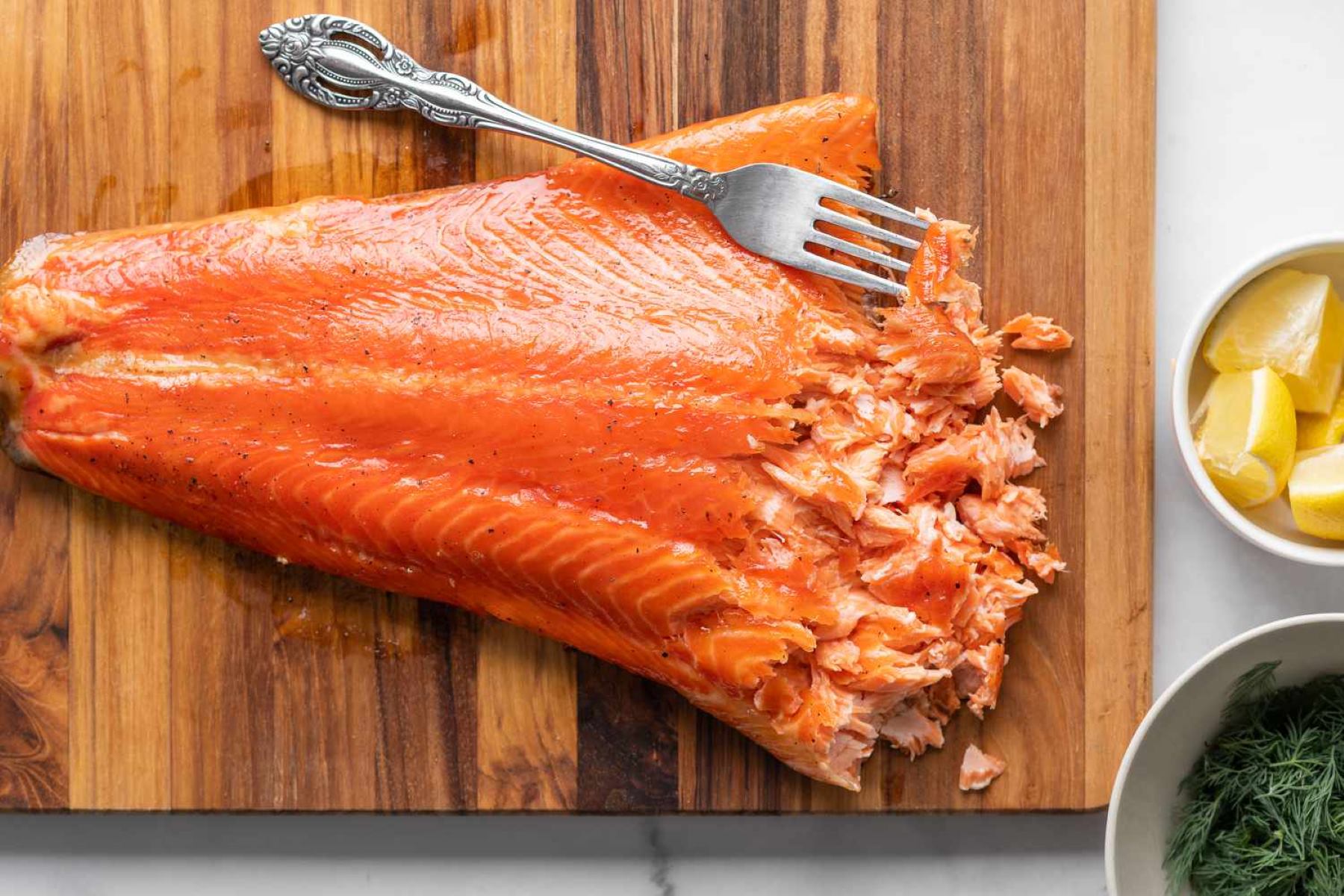
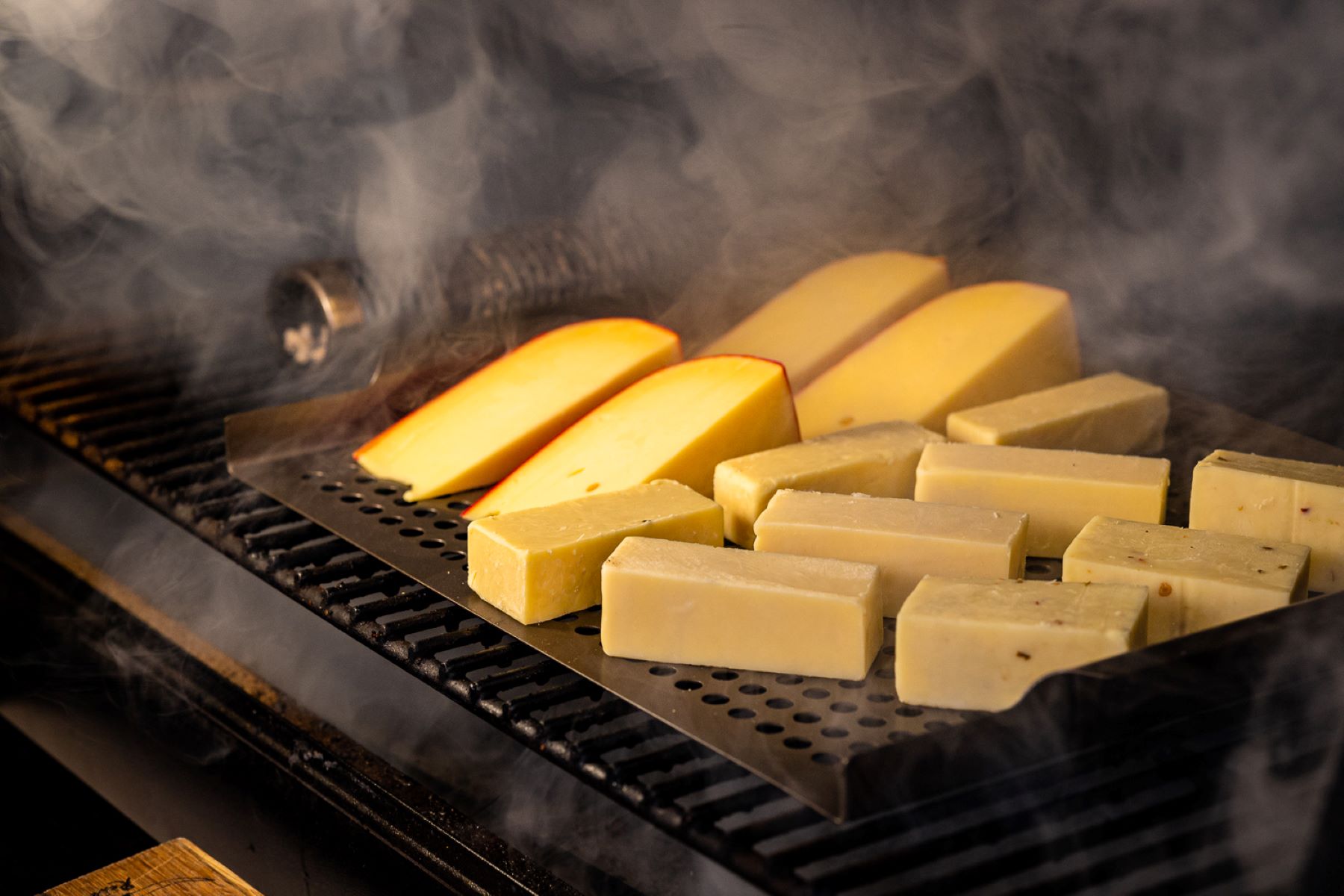
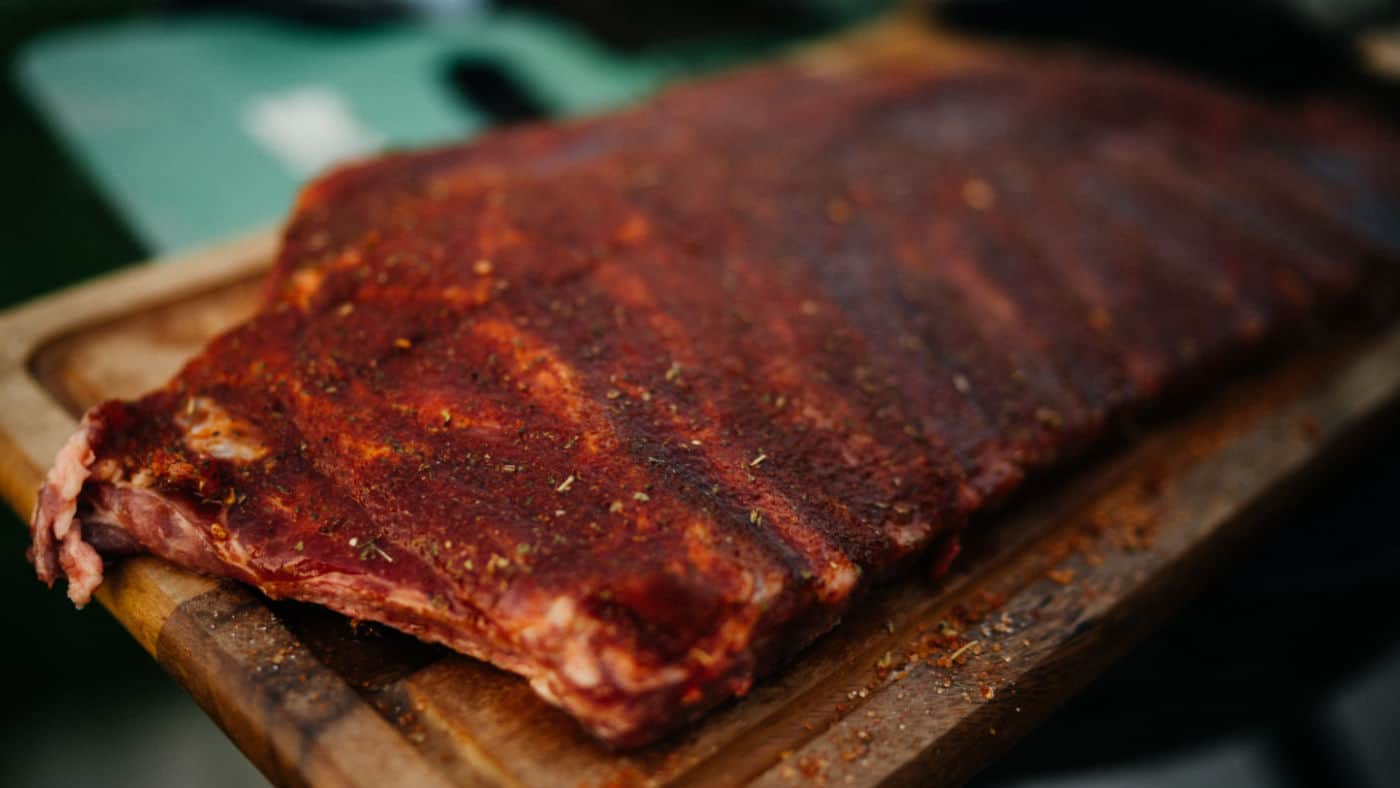


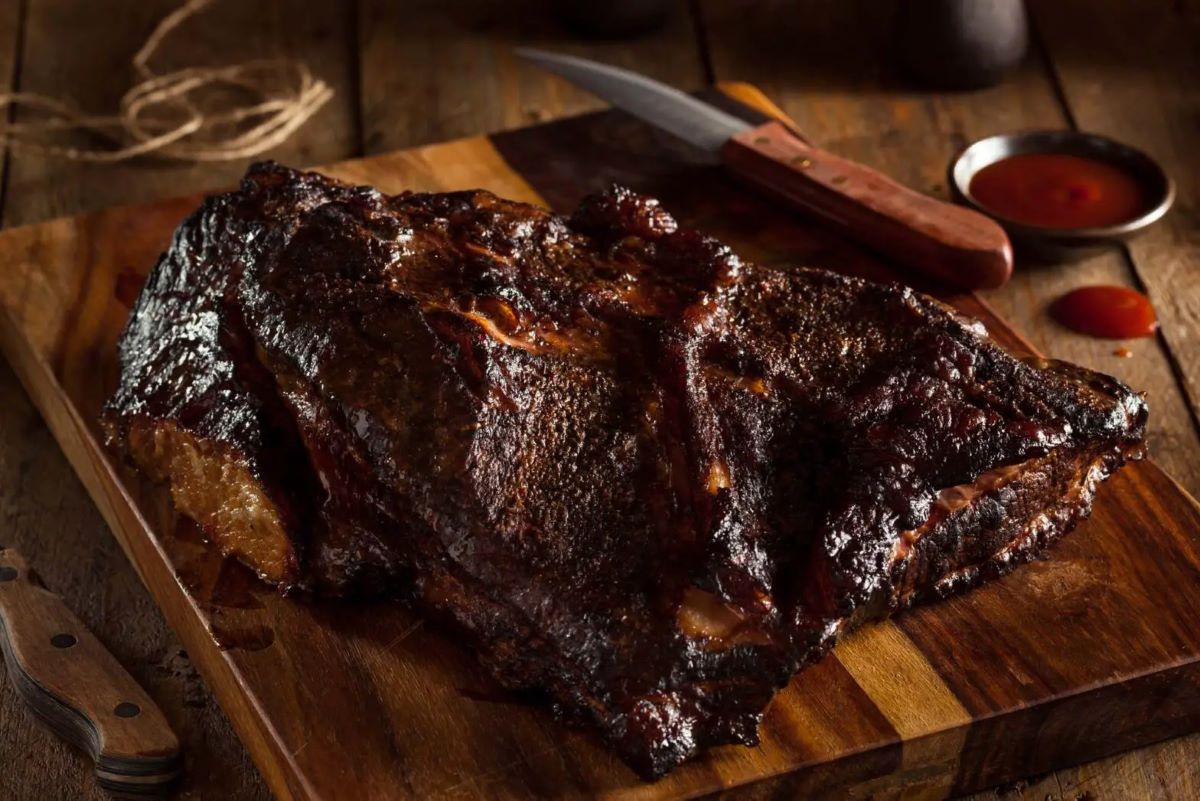
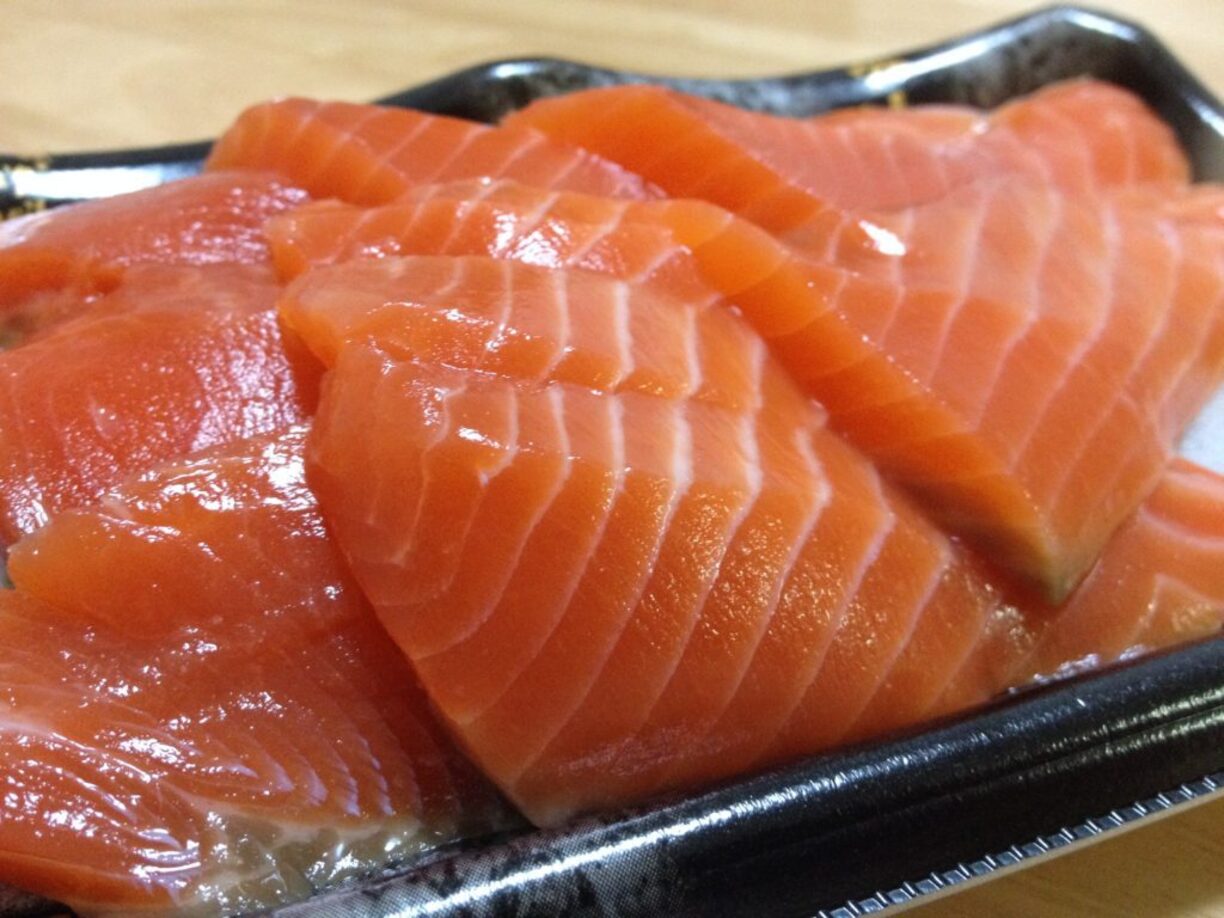

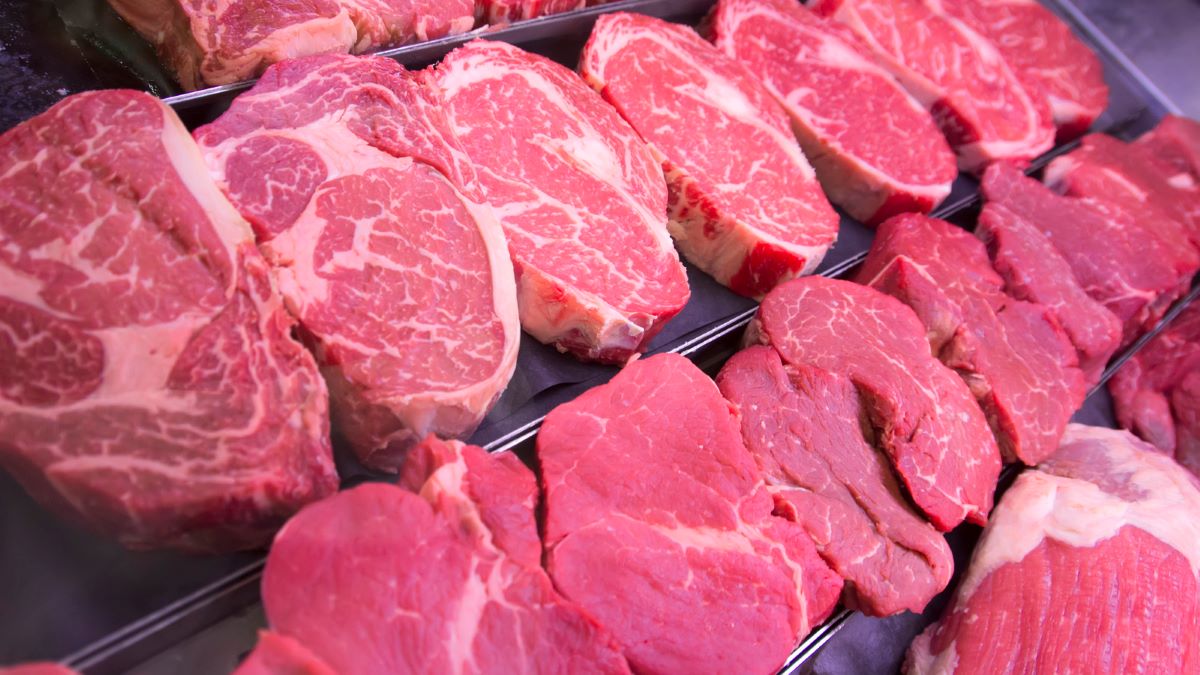



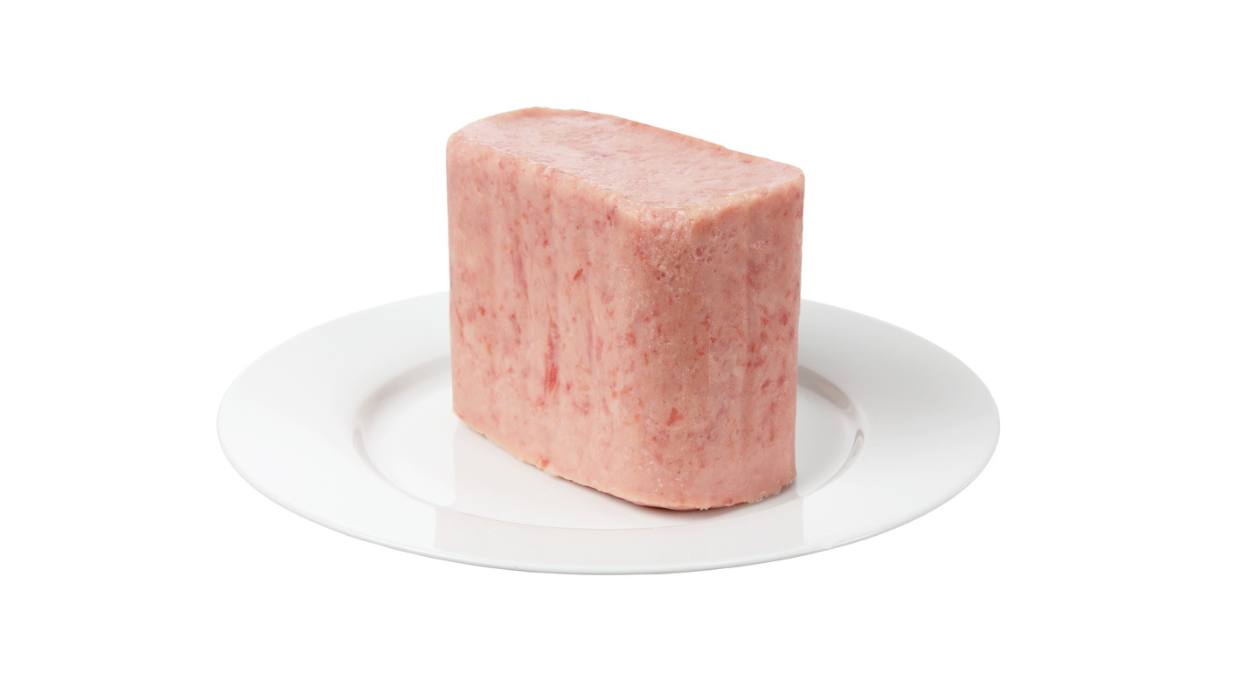

0 thoughts on “How To Store Smoked Meat”